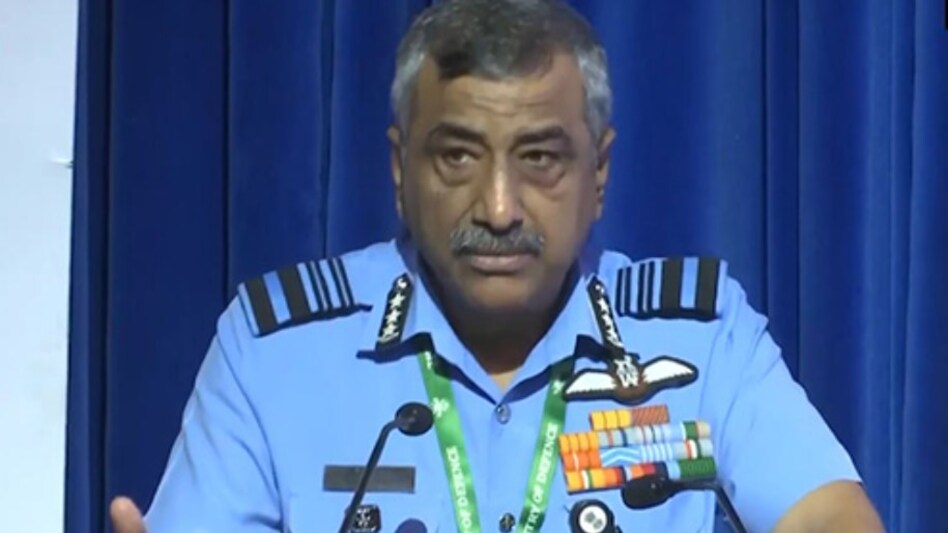 Air Marshal Ashutosh Dixit, Chief of Integrated Defence Staff
Air Marshal Ashutosh Dixit, Chief of Integrated Defence Staff
 Air Marshal Ashutosh Dixit, Chief of Integrated Defence Staff
Air Marshal Ashutosh Dixit, Chief of Integrated Defence StaffIn an assessment of how modern warfare has reshaped military doctrine, Air Marshal Ashutosh Dixit, Chief of Integrated Defence Staff, on Wednesday said that weapons like SCALP, BrahMos, and HAMMER have fundamentally altered the traditional notions of distance and vulnerability, rendering geographical barriers "almost meaningless."
Speaking at the Surveillance and Electro Optics India seminar, Air Marshal Dixit underlined the pivotal role of real-time situational awareness in contemporary conflicts. "When we look at global conflicts commencing from Armenia-Azerbaijan to Russia-Ukraine and Israel-Hamas, and to our own experiences in Operation Sindoor, one truth emerges with crystal clarity: the side that sees first, sees farthest and sees most accurately, prevails,” he said. "This axiom has guided military thinking for centuries, but never has it been more relevant than in our current era of precision warfare and multi-domain operations."
He referred to India's own Operation Sindoor as a reflection of this new reality, noting that it underscored the urgency of deep surveillance capabilities. "This brings me to the critical importance of deep surveillance in contemporary warfare. The lessons from Operation Sindoor have reinforced what military strategists have long understood but perhaps not fully appreciated until now. Modern warfare, thanks to technology, has fundamentally altered the relationship between distance and vulnerability,” he said.
Expanding on this, Dixit stated that it has given a new meaning to simultaneity and non-linearity. "The existing principles of war are being challenged, and new ones are emerging. Earlier, the horizon marked the limit of immediate threat. Today, precision-guided munitions like SCALP, BrahMos, and HAMMER have rendered geographical barriers almost meaningless, as strikes with BVR AAMs and supersonic AGMs have become commonplace."
Air Marshal Dixit stressed that surveillance and electro-optic technologies have moved from being mere force multipliers to the cornerstone of operational planning. "As someone who has witnessed this transformation firsthand, I can attest that we stand at the cusp of a revolution that will redefine how we perceive, process, and project power in the 21st century."
He highlighted how the battlefield itself is being redefined by these advances. "When weapons can strike targets hundreds of kilometres away with pinpoint accuracy, the traditional concepts of front, rear and flanks combat zones and depth areas all become irrelevant. What we call the front and the theatre merge into one," he said.
"This new reality demands that we extend our surveillance envelope far beyond what previous generations could have even imagined. We must detect, identify and track potential threats not when they approach our borders, but when they are still in their staging areas, airfields and bases, deep within adversary territory. This existed as a concept even earlier but today we have the means to realise it,” he added.
Underscoring the compression of timeframes in modern warfare, he noted that traditional decision-making cycles are now too slow. "When hypersonic missiles can traverse hundreds of kilometres in minutes and drone swarms can reach their targets before traditional decision-making processes can respond, real-time or near-real-time surveillance becomes not just advantageous but essential for survival," Air Marshal Dixit said.